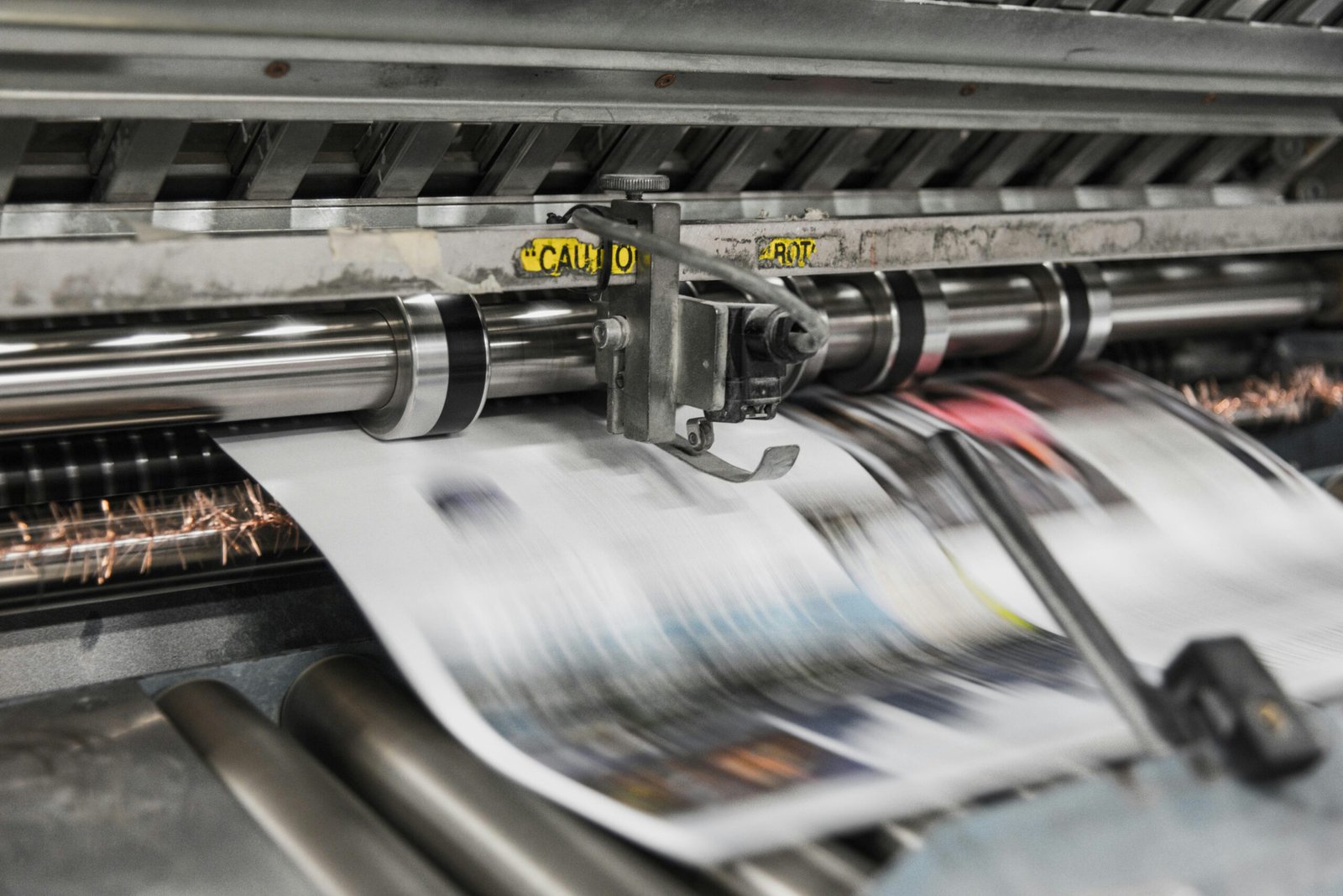Introduction
Sublimation printing is a popular method of transferring images onto various materials, such as fabrics, ceramics, and metals. If you’re interested in starting a sublimation printing business, this guide will provide you with all the necessary information you need to get started.
1. Research and Planning
Before diving into any business venture, it’s crucial to conduct thorough research and develop a solid business plan. Consider the following:
- Identify your target market: Determine the specific niche or industry you want to serve with your sublimation printing services.
- Competition analysis: Study your competitors to understand their strengths, weaknesses, and pricing strategies.
- Business model: Decide whether you want to operate as a home-based business or establish a physical storefront.
- Financial planning: Calculate the initial investment required, ongoing expenses, and projected revenue to determine the feasibility of your business.
2. Legal and Documentation
Starting any business requires fulfilling legal obligations and obtaining the necessary documentation. Here are some key steps:
- Register your business: Choose a suitable business name and register it with the appropriate local authorities.
- Obtain permits and licenses: Research the specific permits and licenses required to operate a sublimation printing business in your area.
- Tax registration: Consult with a tax professional to understand the tax obligations and register for the necessary tax IDs.
- Insurance: Protect your business by obtaining appropriate insurance coverage, such as liability insurance.
3. Investment
Starting a sublimation printing business requires an initial investment in equipment, materials, and marketing. Consider the following expenses:
- Sublimation printer: Invest in a high-quality sublimation printer that meets your printing requirements.
- Heat press machine: Purchase a heat press machine to transfer the printed designs onto various materials.
- Computer and software: Acquire a computer with design software, such as Adobe Photoshop or CorelDRAW, to create and edit designs.
- Sublimation blanks: Stock up on a variety of sublimation blanks, including t-shirts, mugs, keychains, and more.
- Marketing materials: Allocate funds for marketing materials, such as business cards, brochures, and a website.
4. Location
Deciding on the location of your sublimation printing business depends on your business model. If you’re operating from home, ensure you have a dedicated space for printing and storing equipment and materials. If you plan to open a physical storefront, consider factors such as foot traffic, accessibility, and proximity to your target market.
5. Manpower
Starting a sublimation printing business can be a one-person operation initially, but as your business grows, you may need to hire additional staff. Consider the following:
- Printing and design expertise: If you’re not proficient in design software or printing techniques, consider hiring someone with the necessary skills.
- Customer service: As your business expands, hiring a customer service representative can help manage client inquiries and orders.
- Production assistants: Depending on the volume of orders, you may need to hire production assistants to assist with printing and packaging.
6. Profit Margin
The profit margin in a sublimation printing business can vary depending on various factors, such as pricing strategy, competition, and operational costs. To maximize your profit margin, consider the following:
- Pricing: Conduct a competitive analysis to determine the optimal pricing for your services.
- Operational efficiency: Streamline your production process to minimize waste and maximize productivity.
- Marketing and sales: Invest in effective marketing strategies to attract a steady flow of customers.
- Customer retention: Focus on providing excellent customer service to encourage repeat business and referrals.
Conclusion
Starting a sublimation printing business can be an exciting and profitable venture. By conducting thorough research, planning meticulously, and investing in quality equipment, you can set yourself up for success. Remember to stay adaptable and continuously innovate to stay ahead in this competitive industry.

